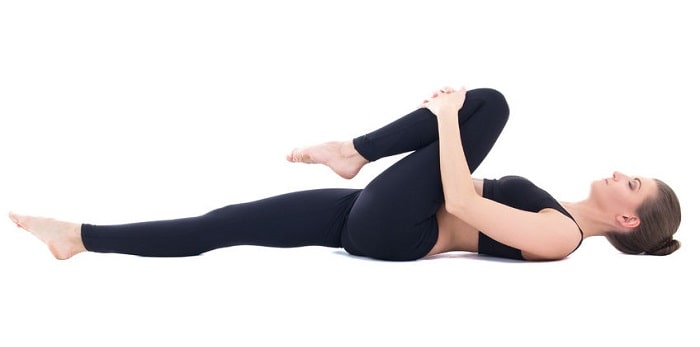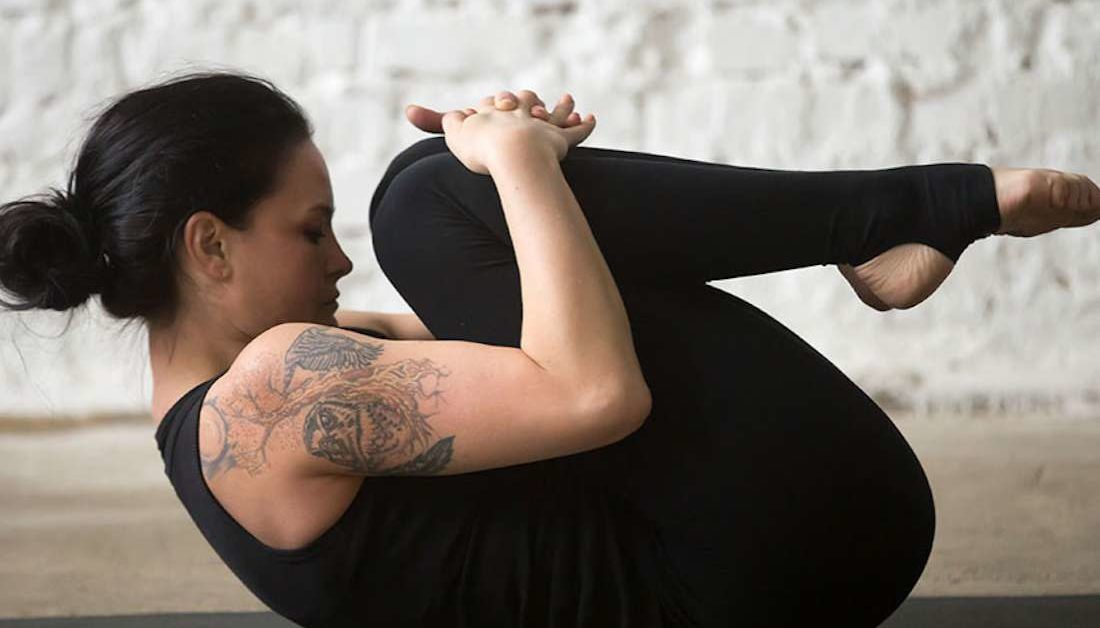
Disc-related problems are painful. Whatever the term used to describe your condition (herniated, bulging, and slipped disc are sometimes used interchangeably), all refer to the same type of complication and, therefore, require a similar approach in their management.
What is a Slipped Disc?
The spine is made up of a series of bones (vertebrae) stacked onto each other. From top to bottom, the column includes seven bones in the cervical spine, 12 in the thoracic spine, and five in the lumbar spine, followed by the sacrum and the coccyx at the base. These bones are cushioned by discs. The discs protect the bones by absorbing the shocks from daily activities like walking, lifting, and twisting.
To add further, each disc has two parts: a soft, gelatinous inner portion and a tough outer ring. Injury or weakness can cause the inner portion of the disc to protrude through the outer ring. This is known as a slipped, herniated, or prolapsed disc. This causes pain and discomfort. If the slipped disc compresses one of your spinal nerves, you may also experience numbness and pain along the affected nerve. In severe instances, you may require surgery to remove or repair the slipped disc.
Can Exercise Relieve Herniated Disc?
Slipped disc pain can be managed by adopting an exercise program that stretches and strengthens the back and surrounding muscles. A physical therapist will monitor and may recommend exercises that can strengthen your back while reducing your pain.
At the same time there are exercises you need to Avoid, check it out.

#1: Sit Ups & Crunches
This popular exercise is one of the worst exercises for people experiencing herniated discs and sciatica. The forward flexion of the spine puts enormous pressure on the discs of your spine.
#2: Straight Leg Raises
Raising the leg can put a lot of pressure on the spinal discs, so avoid it.
#3: Squats
The entire weight of the body can shift to the lower back during a squat, placing too much stress on the lumbar spine, which can aggravate disc herniation.
#4: Standing Hamstring Stretch
This stretch creates a rounding of the lower back, which stresses the intervertebral discs in the lumbar spine.
#5: Deadlifts
This exercise is to be avoided by patients with a herniated disc because the heavy weight can stress the spine and discs.
#6: Leg Press
The leg press exercise has the legs coming up close to the chest and thus leading to rounding the spine, which is not good for people with disc problems.
#7: High-impact Aerobic Activities.
Avoid Step aerobics, running, jogging, hard walking, repetitive stair-climbing, and similar activities as they are jarring to your lower back.
Beneficial Exercises For Disc-Related Problems

Choose exercises that minimize the forces on your lower back and don’t overexert your abdominal muscles. Doing exercises mentioned below, daily, can help promote mobility and decrease (or remove) pressure on the disc, paving the way for it to heal naturally over time.
Swimming: An ideal way to get the necessary motion without putting pressure on the disc, do water aerobics, walk around, or even just stand around.
Pelvic tilts. Tilting the pelvis to remove the curvature of the lower back engages the tissue in a healthier way than sit-ups. To do this exercise standing up, stand against a wall and place your hand where your back curves away from the wall. Tilt the pelvis from the bottom to flatten out that curve up against the wall. If you’re lying down, bend your knees and tilt your pelvis until you flatten out your back against the floor.
Reverse crunches. Lie down on your back and bend your knees. Bring your knees to your chest, moving your hips off the floor. When your buttocks are off the ground, lower everything back down and repeat.
The Cobra Pose: Begin this exercise by lying on your stomach (prone position) and slowly prop yourself up on your elbows while keeping your hips in contact with the floor. Hold the prop-up position for 10-15 seconds before returning to the prone position (lying face down). Gradually increase to holding the end position for 30 seconds. Aim for 10 repetitions of this stretch.
Your doctor may recommend surgery if your symptoms do not subside in six weeks or if your slipped disc is affecting your muscle function.
Disclaimer
The Content is not intended to be a substitute for professional medical advice, diagnosis, or treatment. Always seek the advice of your physician or other qualified health provider with any questions you may have regarding a medical condition.